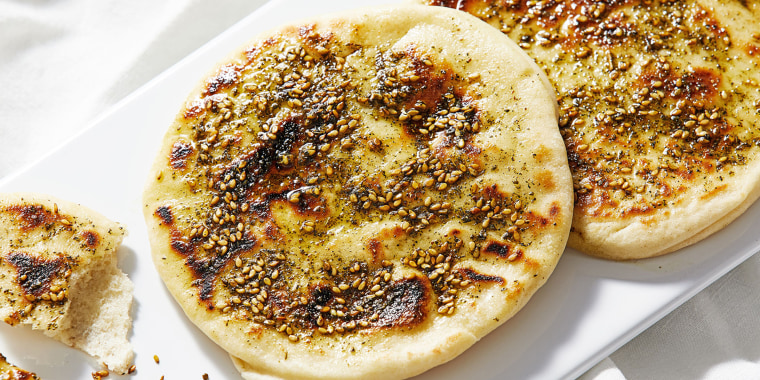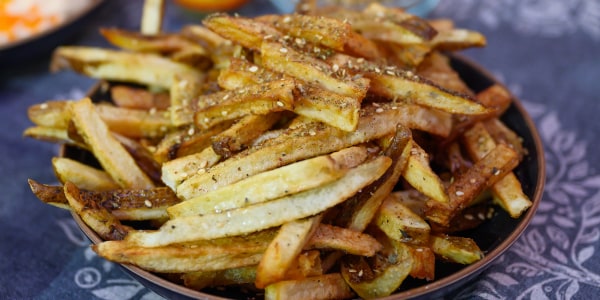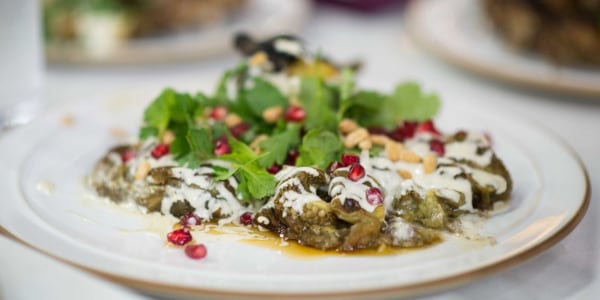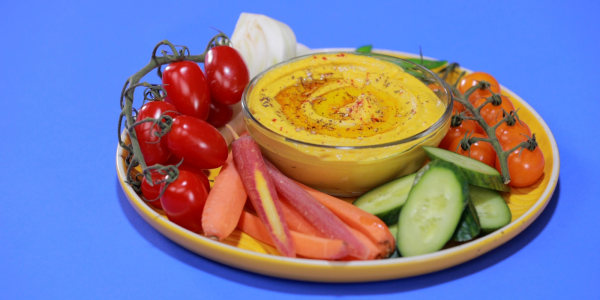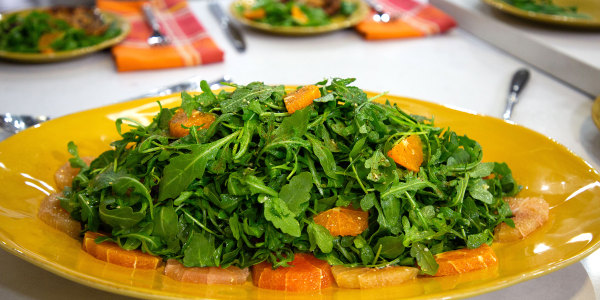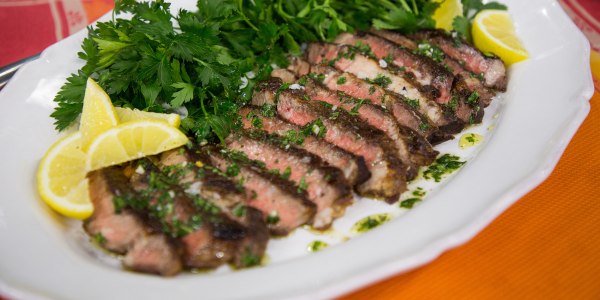Za’atar is a workhorse spice mix. It brightens up everything from fish and chicken to dips and vinaigrettes. And let’s not forget the absolute magic that happens when za’atar meets bread. A textural delight, the earthy, tangy, nutty flavor has become a household spice even for those otherwise unfamiliar with Middle Eastern cuisines. If it isn’t already, za’atar should be a staple in your kitchen, too.
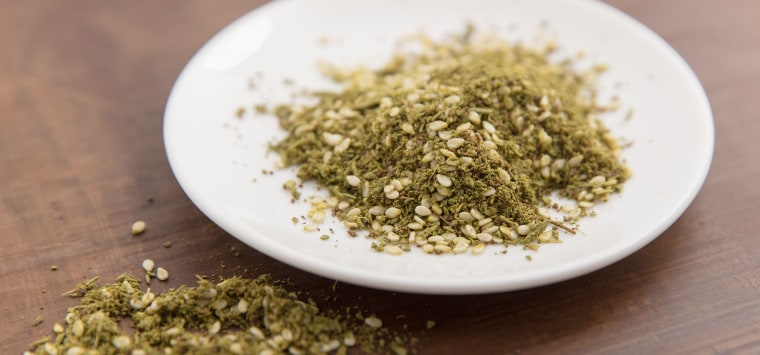
What is za’atar?
Za’atar originated in the Middle East, and is used in the cuisines of Syria, Lebanon, Palestine, Jordan, Iraq, Israel and more. Think of it as everything bagel seasoning with more depth — and more zest.
The name “za’atar” refers to both an herb and a spice mix. The wild herb is also known as hyssop, Syrian oregano or wild thyme. It’s traditionally the main ingredient in the za’atar spice blend, which also features sumac, toasted sesame seeds and salt. Za’atar spice blend purists stick to only these ingredients, but different regions and families have their own versions of the blend, adding ingredients like orange peel, fennel, coriander or caraway seeds, to name a few. Thyme, oregano or marjoram (or a combination) is used to replace the flavor of hyssop when it’s not available.
If you can find a blend that includes the wild za'atar or hyssop rather than oregano or thyme, scoop it up immediately. The floral, herbaceous notes of the wild za’atar give the spice blend even more depth of flavor. You’ll most often find this more traditional version at online or local spice shops.
How to make za’atar
You can easily make your own za’atar blend at home, adjusting the ingredients for your taste. Start with the following as your base:
- 1/4 cup hyssop (preferred, you can find it here), thyme leaves or oregano
- 2 tablespoons sesame seeds
- 2 tablespoons sumac
- 1/2 teaspoon sea salt
Toast the sesame seeds in a pan on medium heat. You’ll start to smell their nutty fragrance and see them just start to turn golden brown, about 3 to 5 minutes. Set aside.
Optional: Once cooled, crush the sesame seeds in a mortar and pestle.
Mix with other ingredients. Adjust ingredients to your taste and don’t be afraid to experiment with adding some of the other spices listed above. You can store it dry or you can mix it with an equal amount of oil and store it in an airtight jar.
How to use za’atar
Here’s the thing about za’atar: There’s really no wrong way to use it. You can elevate any dish with a teaspoon of za’atar sprinkled on top.
Spice up dips and condiments. Add za’atar to condiments like hummus, salad dressing, mayonnaise, or, as is traditionally done, to labneh with a drizzle of olive oil and a side of pita. Mix za’atar with olive oil and turn it into the perfect dip for bread.
Make za’atar bread. Man’ouche or manaeesh is a hot, fresh, flatbread snack eaten throughout the Middle East. The dough can be compared to pizza dough, topped with a za’atar paste made by mixing equal parts za’atar and olive oil, and cooked in an extremely hot oven (use a pizza stone if doing at home). Try this recipe or take a shortcut and use store-bought pizza dough that you roll out, slather with the za’atar oil mixture and pop in the oven. Any bread you’re baking can be topped with za’atar — think of it like you would a sprinkling of sesame seeds. If you’re looking for a really quick version, just add the za’atar paste to pita and give it a couple minutes in the oven.
Use za’atar on meats and vegetables. Za’atar is a great seasoning for both meat and vegetables. Add it to any marinades for a bright, herbal, nutty flavor, or generously coat fish, steak, chicken, lamb or vegetables with za’atar and olive oil before roasting in the oven or throwing on the grill. We particularly love potatoes or carrots tossed in za’atar and roasted. You can also add za’atar after cooking, as more of a garnish.
Get creative with za’atar. Add za’atar to popcorn, sprinkle it on your eggs or avocado toast, toss your fries in za’atar, add za’atar to homemade breadcrumbs, top a tomato and feta salad or even experiment with adding za’atar to sweets like homemade chocolate bark or a dusting atop chocolate cake.
Move aside, pepper! Za’atar deserves a spot not only in your pantry, but also on your tabletop.
